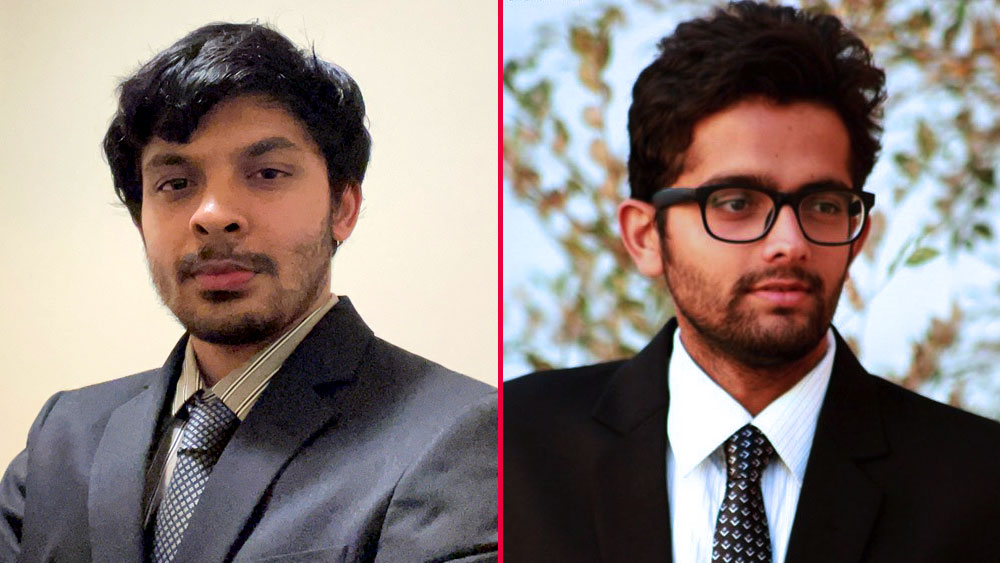
Two students in the Department of Aerospace Engineering at Texas A&M University received best paper awards in the Aerospace Sciences Group at the 2021 Aerospace Institute of Aeronautics and Astronautics (AIAA) AVIATION Forum.
Doctoral student Anuj Rekhy won the AIAA Plasmadynamics and Lasers Student Paper Competition with his submission titled “LIDAR Requirements and Approaches for Transcontinental Supersonic Flight.”
“This paper aimed at understanding the feasibility of an airborne lidar system on a supersonic aircraft to provide current information of the atmospheric properties ahead and below that of the aircraft,” said Rekhy.
He used 28 years of collected data from the National Oceanic and Atmospheric Administration (NOAA) to study temperature, wind velocities and relative humidity. According to Rekhy, these properties provide a design space for modeling and optimization of lidar onboard a supersonic aircraft, which provides shape-morphing options to the aircraft aimed at reducing the supersonic boom. To measure atmospheric properties, his paper proposed a new detection technique where a cesium prism filter acts as a spectrometer.
“As an aerospace engineer, it was a bit of a risk going outside of my main field of study to do big data analysis on NOAA’s millions of lines of stored data,” said Rekhy. “I followed my instinct anyway and learned big data analysis and saw some amazing results that helped me create a design space for lidar specific to the United States.”
Currently, Rekhy is working on developing a novel optical diagnostic technique of Thomson and Rayleigh-Brillouin scattering based on prism spectrometers utilizing resonant atomic vapors.
Graduate student Atulya Kumar received the AIAA Walter Lempert Best Student Paper Award for his submission titled “Spatio-temporal Studies on Laser-induced Plasma Interactions with Micro-Particles Using Stereo-Imaging.”
“This paper describes an experimental approach to analyzing aerosol and micro-particles using optical emissions from interactions with laser-induced plasmas,” said Kumar.
Kumar explained that after a plasma plume is created in the vicinity of a microparticle, a stereoscopic imaging setup is employed to collect the resulting optical emissions. This laser-induced breakdown spectroscopy is supplemented by a simultaneous stereo high-speed imaging system to quantify the spatial and view-angle variation of optical emission and electron temperature and number density.
“It’s very exciting to see that our research has captured the attention of the Aerodynamic Measurement Technology Technical Committee of the AIAA,” said Kumar. “It also motivates me to continue working in the present direction to understand laser-based combustion and ignition systems.”
Currently, Kumar is working on research to understand fuel droplet interaction with laser generated plasmas by looking at hydrogen diffusion in the plasma plume using H-alpha emissions.